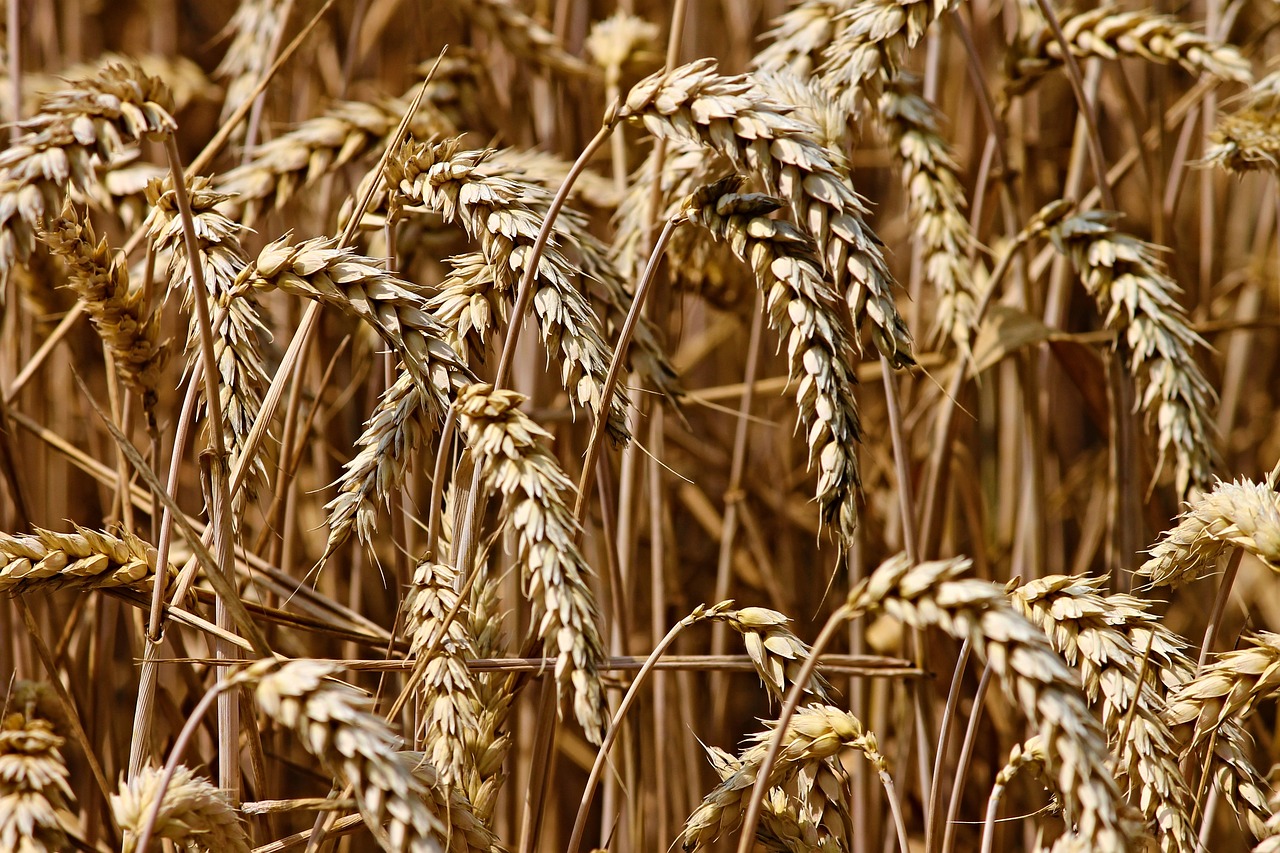The Trade War Is on the Front Burner for Grain Markets, But Don’t Miss These 2 Other Key Catalysts This Week

The grain futures markets are presently fixated on global market carnage driven by new U.S. tariffs slapped on all countries that export products to the U.S. However, there are also a couple of developing supply and demand fundamentals in play that are specific to the grain markets. These will likely come more into focus if the general market begins to stabilize, which will likely be sooner rather than later.
Let’s look at those specific grain fundamentals, but first I want to address the aforementioned 800-pound gorilla that’s gripping the grain markets and when that grip will loosen.
This Week’s Price Action Will Likely See Market Price Climaxes
Here is my bias at present: This near-historic U.S. stock market selloff will likely come to a climax sometime this week. With that, we will also likely see many commodity futures markets scoring near-term price bottoms, including grains markets. This is my bias from a time perspective and not from a price perspective. That means many markets are likely to climax this week, but at what price points they do, nobody can come close to predicting. And if I’m wrong and U.S. stock indexes don’t put in near-term price bottoms this week, then U.S. and global economies would likely see recessions, or worse. That would be an ominous scenario for all raw commodity markets. If I’m correct in my assumption on the stock indexes bottoming out this week, then there are presently value-buying opportunities in many raw commodity futures markets, including the grains.

Catalyst #1 to Watch: USDA WASDE Report on Thursday
The Agriculture Department’s monthly supply and demand report will be closely scrutinized by grain traders as the agency updates its balance sheet for the grains. A Bloomberg pre-report survey shows the following averages of forecasts from polled analysts:
- U.S. corn stocks (ZCK25) at 1.512 billion bushels compared to the March USDA reading of 1.540 billion.
- U.S. corn annual exports are seen at 2.478 billion bushes versus the March USDA estimate at 2.450 billion.
- U.S. soybean stocks (ZSK25) of 382 million bushels compared to the March USDA number at 380 million.
- U.S. soybean annual exports are forecast at 1.817 billion bushels versus the March USDA estimate at 1.825 billion.
- U.S. wheat (ZWK25) (KEK25) ending stocks of 826 million bushels compared to the March USDA reading of 819 million.
- U.S. wheat annual exports are forecast at 826 million bushels versus the March USDA number at 835 million.
The agency is expected to leave world grain stocks virtually unchanged from last month. The same goes for USDA’s Brazil and Argentina corn and soybean production forecasts, according to the Bloomberg survey.


Catalyst #2 to Watch: Weather in U.S. Wheat Regions has been Extreme
Weather forecasters reported hard freezes occurred in the U.S. hard red winter wheat regions on the morning of Sunday, April 6, likely producing some minor crop damage.
Meantime, widespread flooding in the lower Ohio River basin through parts of the Tennessee River basin into the lower Mississippi River basin may have damaged some low-lying soft red winter wheat areas. Wheat futures markets Monday morning were seeing limited selling interest amid the general marketplace turmoil.
Respected forecaster World Weather reported on Friday, April 4, that portions of the central and southwestern United States, “have been struggling with below-normal precipitation since the latter half of summer 2024, with the exception of November.” Part of this dryness will likely prevail through the balance of spring and into early summer, said World Weather. In the meantime, a wetter bias is expected at times in the eastern Midwest and a part of the Delta and a change toward wetter conditions should evolve in the far northern Plains and upper Midwest late this spring followed by a drier bias in July. The southeastern states “will experience less-than-usual rain during the spring and then greater rain during the summer. Temperatures should be most anomalously warm in the central states and a part of the Rocky Mountain region until July.”


On the date of publication, Jim Wyckoff did not have (either directly or indirectly) positions in any of the securities mentioned in this article. All information and data in this article is solely for informational purposes. For more information please view the Barchart Disclosure Policy here.
